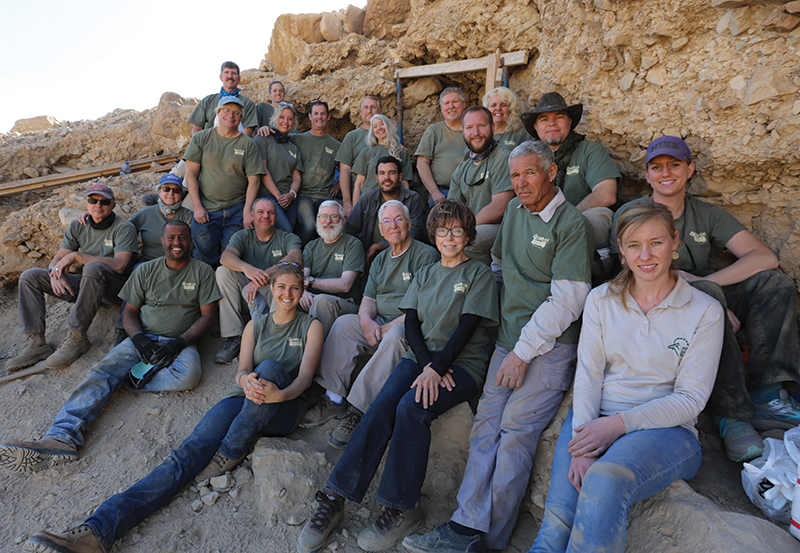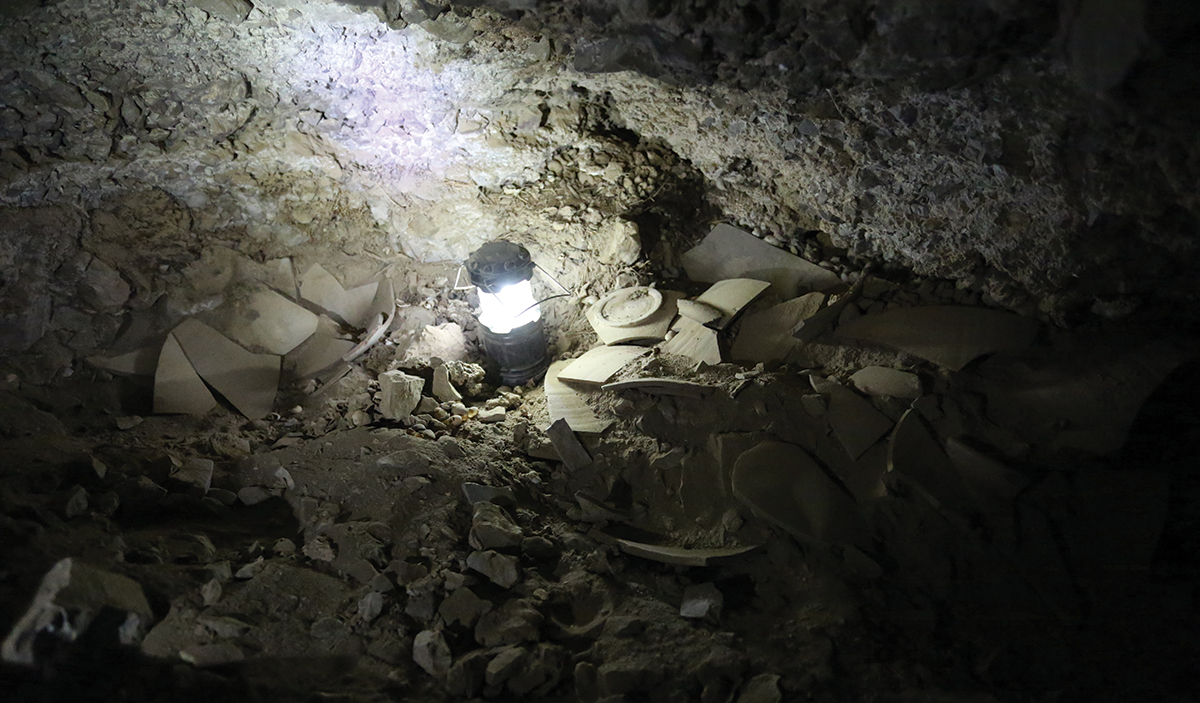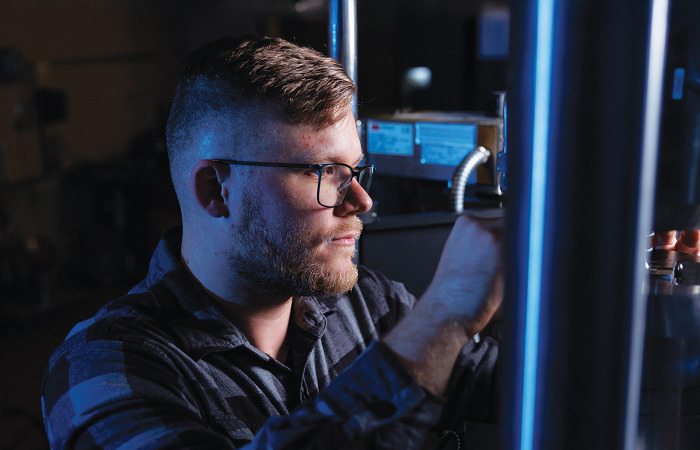
Liberty students and faculty pose with the rest of the Operation Scroll team near the cave.
A team of six Liberty faculty members and students, led by Distinguished Research Professor Dr. Randall Price, assisted in the first discovery related to the Dead Sea Scrolls in 60 years. In January, they excavated a cave on the cliffs west of Qumran (near the northwestern shore of the Dead Sea in Israel) and helped to uncover evidence that proves the scrolls were once stored there.
Price served as co-director with Dr. Oren Gutfeld from the Hebrew University of Jerusalem’s Institute of Archaeology in making the discovery of broken storage jars, scroll wrappings, string, and a piece of worked leather. A pair of iron pickaxe heads from the 1950s was also found, proving the cave had been previously looted.
Price first discovered the cave in 2010 and worked for several years to secure permission to excavate the site. The latest dig was conducted by Operation Scroll, a joint effort between Hebrew University, the Israel Antiquities Authority, the Israel Nature and Parks Authority, and the Civil Administration of Judea and Samaria to protect historical artifacts from thieves. Until this recent discovery, it was believed that only 11 caves had contained scrolls.
“This is only the beginning of our search for more scrolls,” Price said. “Undoubtedly, they are out there, and we know of some 300 caves in the area. Our team is planning to return to excavate other caves in the near future.”
He called the discovery a “once-in-a-lifetime experience.”
“Now that we were successful, it means there are new opportunities for us to get in there and continue to study these caves. The goal is to find scrolls.”
Graduate student Christy Connell, who is pursuing her Master of Arts in History, said she crawled for hours on her hands and knees in the cave. “In the smallest parts of the cave it was so narrow I had to crawl on my stomach,” she said. “It was pitch black. I couldn’t see anything in front of me. I was crawling over pieces of animal bones and gravel.”
The work was worth it, as her team learned of the significance of their findings after they arrived back in the U.S.
“It’s just really amazing to be a part of history, especially something that I’ve studied for so many years,” she said.




